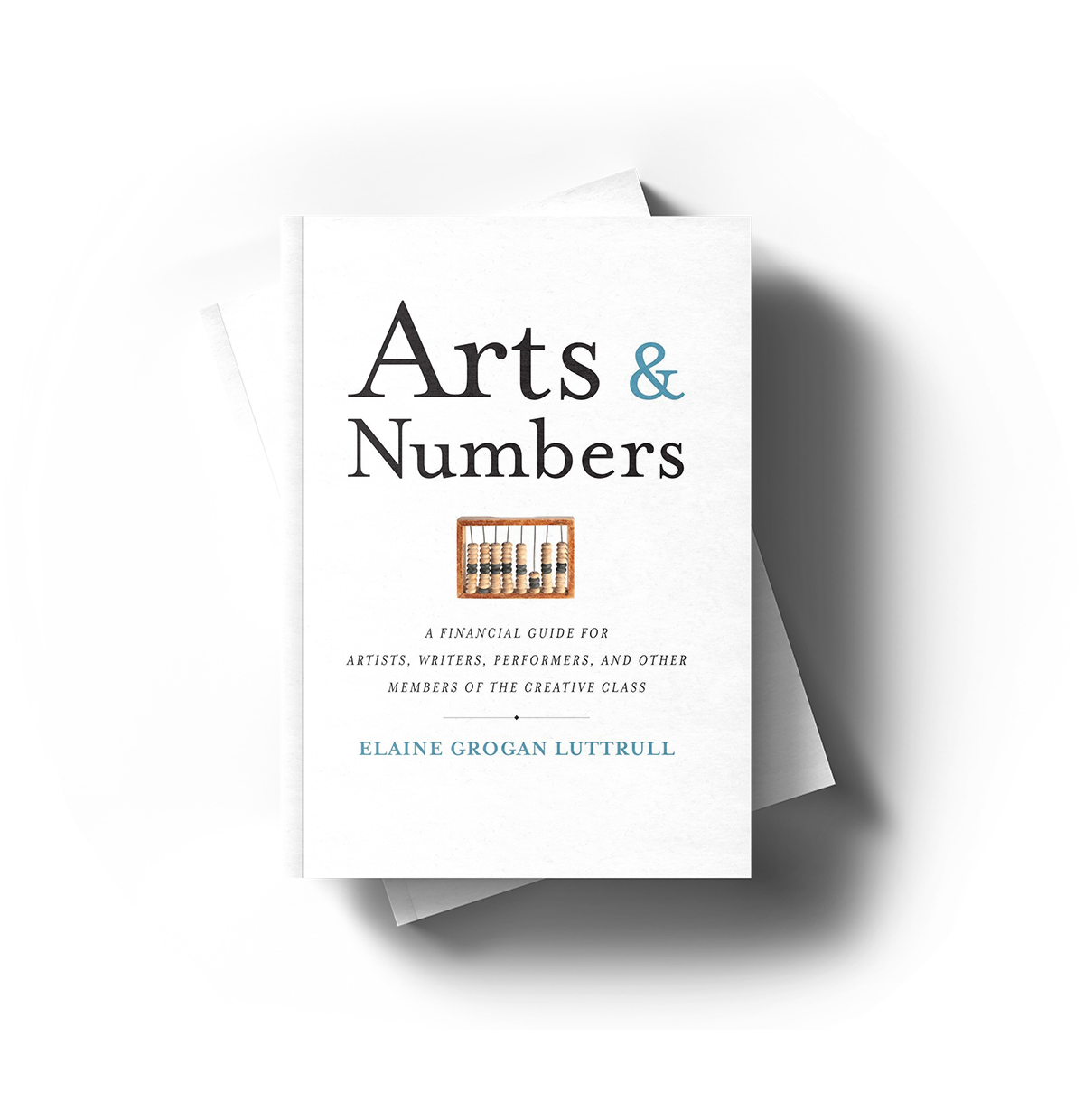February 3, 2020 • Newsletter
I’m convinced Groundhog Day is the cruelest of holidays.
Imagine for a moment that you are the groundhog. You are contentedly sleeping, probably deep into winter-REM sleep, warmly snuggled in a burrow, still full from last fall’s feast. Life is excellent.
Then out of nowhere, burly hands pull you from your bed, shaking off blankets of leaves and all the warmth they bring. Those hands thrust you up toward the sky, which feels bright regardless of the level of sunlight, and crowds cheer or boo based on literally nothing you did.

Papajohn Sculpture Park, Des Moines, IA
Then, you are unceremoniously returned to your bed. But of course, you can’t fall back asleep right away, so you end up scrolling Twitter until it’s time to get up.
It’s awful. And honestly? Radar weather predictions work much better than rodent ones anyway.
The process of budgeting makes many of us feel like groundhogs. We are thrust into a confusing and overwhelming situation where we’re not entirely sure what the rules or expectations are. Plus, it’s cold, it’s uncomfortable, and it’s not even clear who is in charge.
But there’s a reason we don’t torture groundhogs at the beginning of January. No one’s ready for that. January is all about setting goals and intentions for the year. February is when we put those goals and intentions into action.
Said differently: February is when we embrace our inner groundhogs and build a budget for the year. Or at least the next three or four months.
You’ve done this before; you know the drill. The budget is iterative, imperfect, and internal, and it only has to be in pencil. After all, if the groundhog can be wrong about spring 61% of the time [https://www.livescience.com/32974-punxsutawney-phil-weather-prediction-accuracy.html] (and still be tortured annually), you can have some flexibility in your own budget.
Plus, you’ve already gotten started on this if you spent some time building your saving, spending, and earning intentions for the year last month. Now, just add some detail to those big picture plans.
What are you going to spend personally and professionally over the next few months? What are your personal and creative goals? How much do you want to save during the next few months? Hint: It’s probably a fraction of your total savings goal for the year. What are you planning to earn from related and unrelated sources over the next few months? What projects have you confirmed, and which ones are still in the works? Is that going to be enough to cover your expenses and your savings goals – plus your taxes? If so, fantastic! Follow the plan. If not, revisit your income to see if there are other ways to monetize your creativity – through related or unrelated work.
Then finalize the plan (still in pencil) and pay attention to see how it goes. You might be surprised by how well it works. After all, the shock of being pulled from a dark burrow and thrust into the light is temporary. Once it wears off, it becomes pretty clear that you have all the skills and knowledge you need to make great work. And to make the work work for you.
Enjoy the early spring this year. If the groundhog is right.
~Elaine


